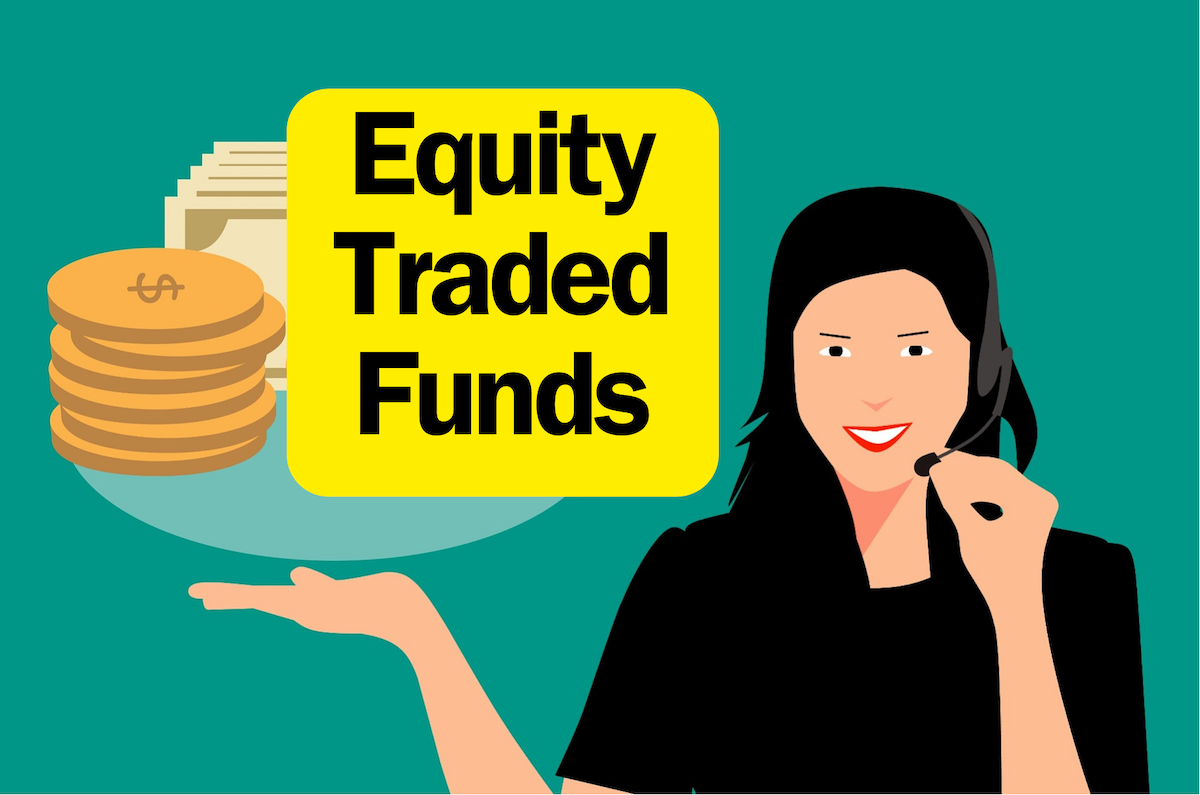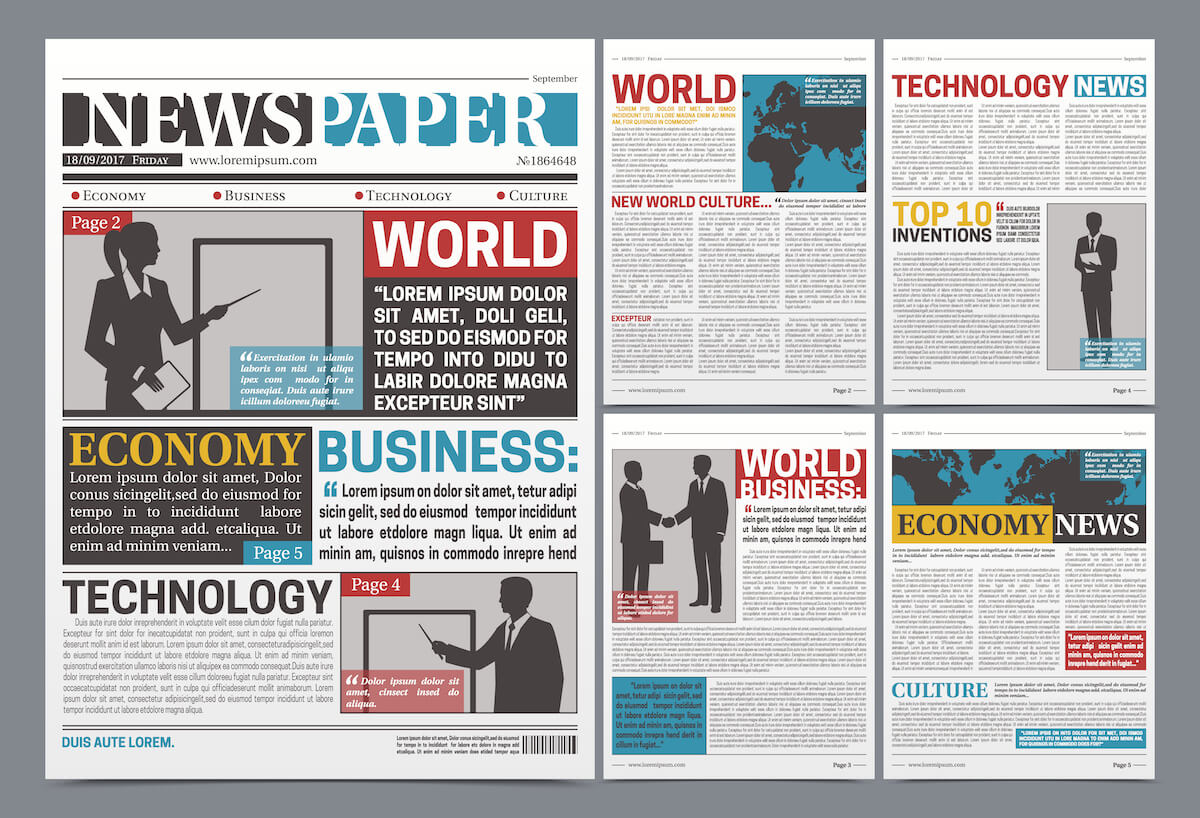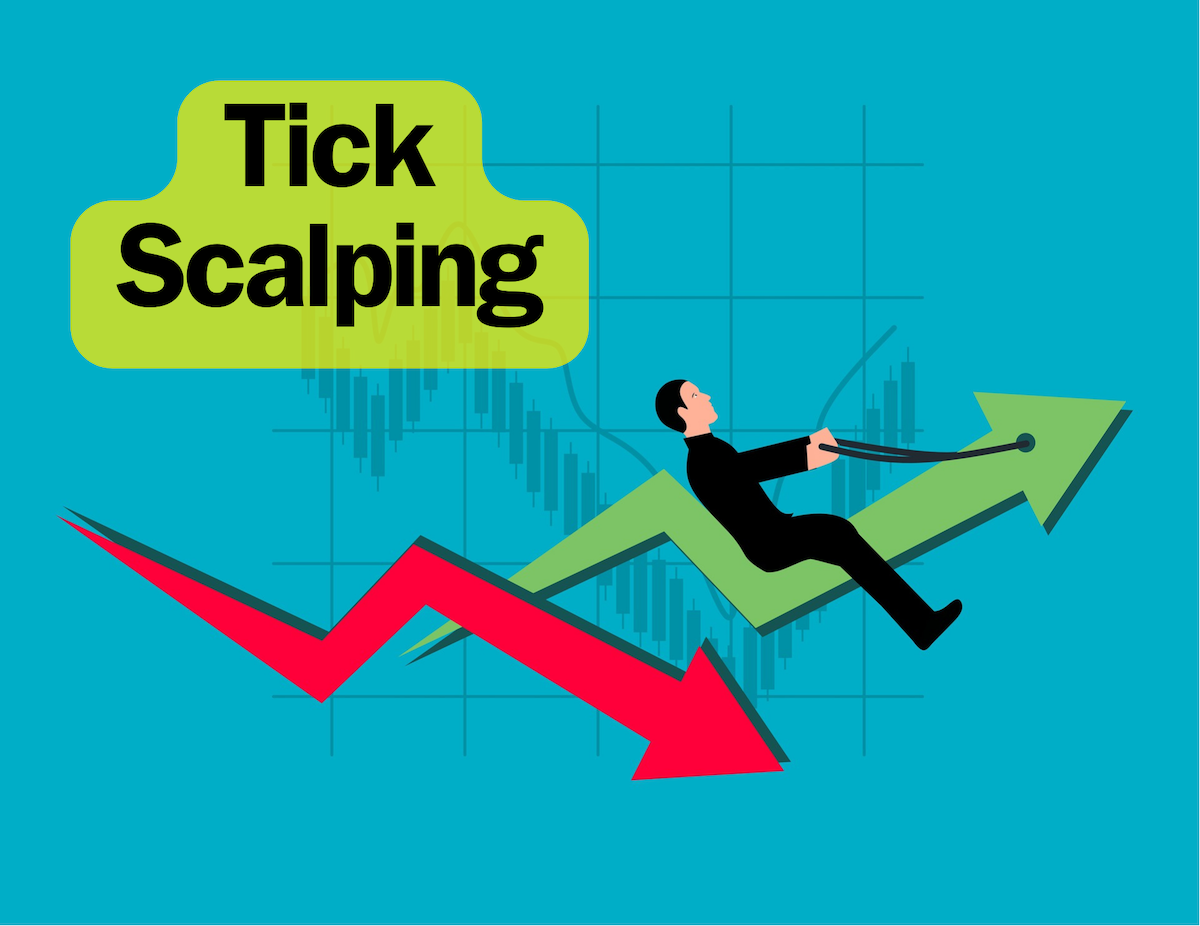Investing in the stock market can seem complex and intimidating for beginners. However, there are investment options that are designed to be more accessible and user-friendly, and one of the most popular among them is Exchange-Traded Funds (ETFs). In this beginner’s guide, we will explore what ETFs are, how they work, and why they can be an excellent choice for those new to investing.
Chapter 1: Understanding the Basics
What Is an ETF?
An Exchange-Traded Fund, or ETF, is an investment vehicle that combines the features of both stocks and mutual funds. ETFs are designed to provide investors with exposure to a diversified portfolio of assets, such as stocks, bonds, commodities, or a mix of asset classes.
How Do ETFs Work?
ETFs are structured as investment funds and are managed by fund managers or asset management companies. They are traded on stock exchanges just like individual stocks, which means you can buy and sell ETF shares throughout the trading day at market prices.
Chapter 2: Benefits of Investing in ETFs
Diversification
One of the primary advantages of ETFs is that they offer instant diversification. When you buy shares of an ETF, you’re essentially investing in a basket of assets. This diversification helps spread risk because it reduces the impact of poor performance by individual securities.
Liquidity
ETFs are highly liquid, meaning you can buy or sell them during regular trading hours at prevailing market prices. This liquidity makes it easy to enter and exit positions, unlike some other investment options that may have restrictions.
Transparency
ETFs provide transparency regarding their holdings. You can easily find information about the assets held by an ETF, their allocation, and the fund’s performance. This transparency allows investors to make informed decisions.
Low Costs
Compared to actively managed mutual funds, ETFs typically have lower expense ratios. These lower costs can result in higher returns for investors over time, especially when compounded.
Chapter 3: Types of ETFs
Equity ETFs
Equity ETFs invest primarily in stocks of companies. They can be broad market ETFs, sector-specific (e.g., technology, healthcare), or even focused on specific themes or strategies (e.g., sustainable investing, dividend-focused).
Bond ETFs
Bond ETFs invest in a portfolio of bonds, providing exposure to various fixed-income securities. They can vary in duration, credit quality, and geographic focus.
Commodity ETFs
Commodity ETFs track the performance of commodities like gold, silver, oil, or agricultural products. They provide a way for investors to gain exposure to these assets without owning the physical commodities.
International and Regional ETFs
These ETFs focus on specific geographic regions or countries, allowing investors to diversify their portfolios globally.
Chapter 4: Risks and Considerations
Market Risk
ETF prices can fluctuate based on the underlying assets they track. Market risk is inherent in investing, and ETFs are no exception.
Tracking Error
The performance of an ETF may not precisely match that of its benchmark index due to factors like fees, expenses, and trading costs. This is known as tracking error.
Liquidity Risk
While most ETFs are highly liquid, some may have lower trading volumes, which can result in wider bid-ask spreads and potentially higher trading costs.
Tax Implications
ETFs can be tax-efficient, but it’s essential to understand the tax consequences of buying and selling them, including potential capital gains taxes.
Chapter 5: How to Invest in ETFs
Choose a Brokerage Account
To invest in ETFs, you’ll need to open a brokerage account. There are many online brokerage platforms to choose from, and most offer commission-free trading for ETFs.
Research and Select ETFs
Research different ETFs to find ones that align with your investment goals, risk tolerance, and time horizon. Pay attention to the expense ratio, tracking error, and historical performance.
Buy ETF Shares
Once you’ve selected the ETFs you want to invest in, you can place an order to buy shares through your brokerage account. You can specify the number of shares or the dollar amount you want to invest.
Chapter 6: Monitor and Rebalance
After investing in ETFs, it’s important to periodically review your portfolio to ensure it remains aligned with your goals. If necessary, rebalance by buying or selling ETFs to maintain your desired asset allocation.
Conclusion
Exchange-Traded Funds (ETFs) offer beginners an accessible and diversified way to start investing in the stock market. With their liquidity, transparency, and low costs, ETFs have become a popular choice for both novice and experienced investors. By understanding how ETFs work, their benefits, and the potential risks involved, beginners can make informed investment decisions and take their first steps toward building wealth in the financial markets. Remember, investing is a long-term endeavor, so stay patient, stay informed, and stay the course.







Leave a Reply